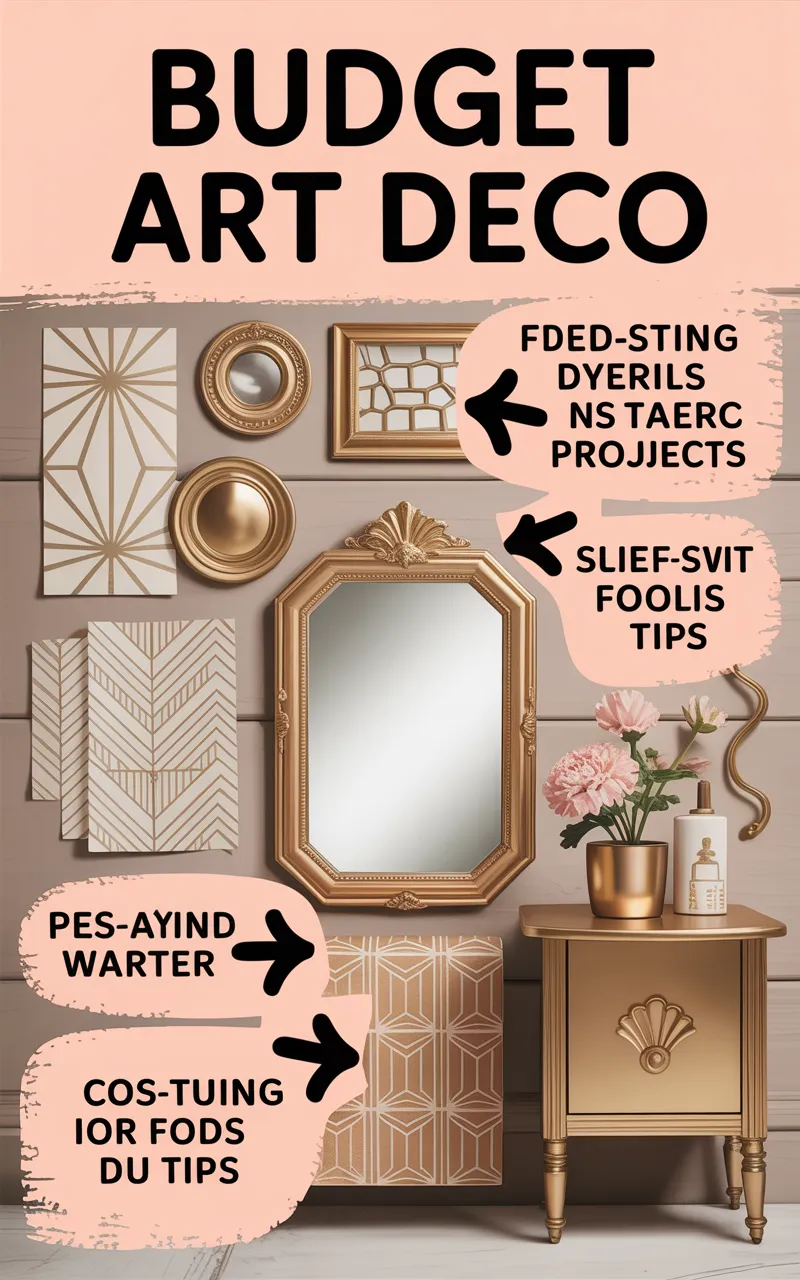This blog will explore 10 of the most creative eco-friendly construction materials that help form a new perspective on the building industry. We’ll also break down why they contribute to sustainability and are worth considering for your next project.
Advantages of Building with Eco-Friendly Products
Before we get to that list of materials, it’s important to understand why eco-friendly materials are so hot right now. Here are some of the benefits they provide:
Reduced environmental impact : Many environmentally friendly materials create less waste and are extracted from the earth more responsibly.
Energy Efficient: Insulation and innovative materials reduce energy usage, cutting overall heating and cooling costs.
Healthier interiors: The latter group’s products don’t off-gas toxins such as VOCs (volatile organic compounds) like many traditional building materials do, meaning a healthier indoor environment.
Durable design: Produced with green materials, the end-product tends to last longer and require less replacement and repair.
So now that I’ve hopefully motivated you, here are the top 10 eco-friendly building materials to give you a little nudge in the right direction for your next building project.
Bamboo
Bamboo is kind of like the MVP of sustainable building materials. Why? It also grows like crazy (sometimes up to 3.5 feet a day)!, rendering it a renewable resource. In addition, bamboo is light weight, extremely resilient, and aesthetically alluring with a tensile strength equivalent to steel.
Applications:
Flooring
Walls
Furniture
Why it’s eco-friendly:
Bamboo regrows without replanting, and it sequesters tons of carbon dioxide, mitigating the emission of greenhouse gases.
Recycled Steel
Steel may not sound “eco-friendly” at first, but using recycled steel dramatically cuts the energy required to make new steel from raw materials. It has excellent architectural strength.
Applications:
Systems for building structures
Why it’s eco-friendly:
Steel recycling cuts down on the need for mining and the saving of natural resources. Recycled steel uses as much as 75 percent less energy than freshly manufactured steel.
Hempcrete
Hempcrete, which is constructed with a mixture of hemp fibers, water and lime, is a lightweight substitute for traditional concrete. It’s an excellen insula that’salso breathable and resistant to mold.
Applications:
Wall construction
Roof insulation
Why it’s eco-friendly:
Hemp is a rapidly regenerating plant that absorbs CO2 during growth, and hempcrete is far more energy-efficient to produce than traditional concrete.
Reclaimed or Recycled Wood and Composite Wood Timber is one of the materials used.
Instead of sending scrap wood to the dump, recycled and composite woods salvage industrial wood waste that otherwise would be bound for the landfill. It also eases pressure on virgin timber supplies, helping to keep forests intact while enabling bold building designs.
Applications:
Decking
Outdoor furniture
Wall cladding
Why it’s eco-friendly:
Utilizing real old-growth wood avoids needlessly cutting down trees and using landfill bound old wood.
ICFs and ICF construction
ICFs are like concrete wall-pour forms but feature their own insulation value. They are made of eco-friendly foam panels, which help keep warm air inside.
Applications:
Wall insulation
Foundations for sustainable construction
Why it’s eco-friendly:
A high level of efficiency equals low long-term heating and cooling requirements of a building.
Cork
Cork grows on cork oak trees, but get this, it’s not cut down. Rather, the bark is peeled, and the tree keeps on growing. Not to mention light, soundproof and what not!
Applications:
Flooring
Wall tiles
Insulation material
Why it’s eco-friendly:
It’s both renewable, biodegradable, and can use a relatively simplified production process. Bonus trivia: cork forests are very good at pulling CO 2 out of the atmosphere!
Straw Bales
Straw bales provide natural insulation, and can be cut and shaped, so they can be used to make cheap, environmentally friendly houses. They’re packed in hard, working as great insulation and for the classic rural look.
Applications:
Wall construction
Why it’s eco-friendly:
Straw is a byproduct of agriculture, so it is extremely renewable. By repurposing this “waste,” there is less impact on the environment.
Mycelium
This one’s a game-changer! Mycelium is the root of mushrooms and fungus. That when grown under controlled circumstances can be shaped into blocks or panels that are durable, fire-retardant — and biodegradable.
Applications:
Wall panels
Insulation
Why it’s eco-friendly:
It’s renewable, compostable and requires very little energy to produce. Plus, it’s cutting-edge!
Recycled Glass
Recycled glass is also an excellent construction material, most commonly used in counter tops, tiles or for a decorative touch. It’s constructed out of post consumer glass, that would have otherwise been thrown into the trash, (from old bottles and windows).
Applications:
Kitchen countertops
Backsplashes and tiles
Decorative walls
Why it’s eco-friendly:
It keeps waste out of landfills and minimizes the carbon footprint of creating new glass products.
Living Walls and Roofs
Plants can also be part of your building’s substance, through the use of living walls and green roofs. Creating something aesthetically special is not enough; they also can help with insulation and air purification.
Applications:
Exterior walls
Building rooftops
Why it’s eco-friendly:
Such living walls absorb CO2, increase urban biodiversity and dramatically reduce temperature highs and lows indoors.
Actionable Measures for the Use of Sustainable Material
But if you’re eager to adopt some of these more sustainable construction practices right now, here are some of its suggestions to get you started:
Look up local suppliers: Some environmentally-friendly building materials, such as bamboo or cork, can differ from place-to-place.
Perform lifecycle analysis: Determine the environmental impact of a material from manufacture to waste.
Give renewable a save: Look for materials such as bamboo, hemp and cork instead of items that must be mined or harvested and have lost the number games in terms of minutes to natural resources.
Collaborate with green architects: There’s no question that professional services can help you plan sustainable construction.
Building a Greener Future
Eco-friendly products are no longer on the fringe – they are integral parts of a construction revolution that makes it easy to go green. By using these new building materials, you’re not only reducing the environmental impact of your next building project but you’re also building a more cost-effective, energy-efficient, and healthier building.
If you need any more information, resources, or advice on green building, don’t hesitate to send us an email or leave a comment. Let’s make the future greener together!
FAQ
What are the benefits of using sustainable construction materials?
Sustainable construction materials help reduce the environmental impact of buildings by minimizing waste, lowering carbon emissions, and improving energy efficiency. Additionally, they can lead to healthier indoor environments and long-term cost savings due to their durability and low maintenance needs.
Are sustainable materials more expensive than traditional alternatives?
While the initial cost of sustainable materials may sometimes be higher, their long-term benefits, such as energy savings and reduced maintenance costs, often outweigh the upfront investment. Incentives or tax benefits in some regions can also help offset these costs.
How do I determine if a material is sustainable?
Sustainable materials are typically defined by factors such as renewability, energy efficiency, recyclability, and non-toxicity. Look for certifications like LEED, FSC, or Cradle to Cradle to ensure that a material meets established sustainability standards.
Can I use these materials in both new construction and renovation projects?
Yes, sustainable materials are versatile and can be used in both new construction and renovation projects. They are particularly valuable in retrofitting older buildings to make them more energy-efficient and environmentally friendly.
Where can I find sustainable materials for my project?
Sustainable materials are becoming increasingly accessible through specialized suppliers, eco-friendly building stores, and even mainstream hardware retailers. Researching local options and consulting with green building experts can help you source the best materials for your needs.





Leave a Reply
You must be logged in to post a comment.